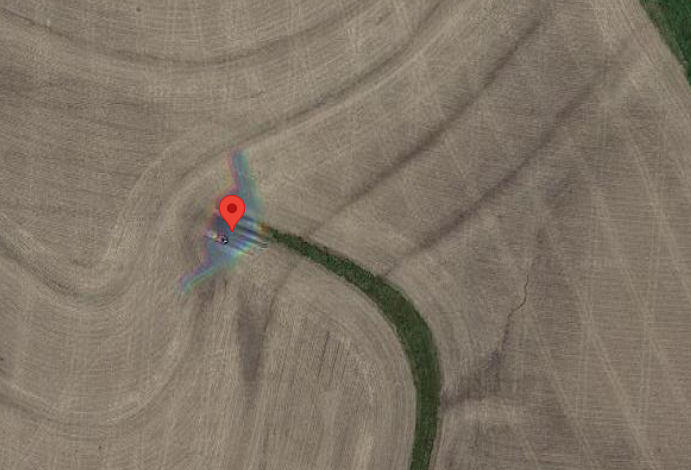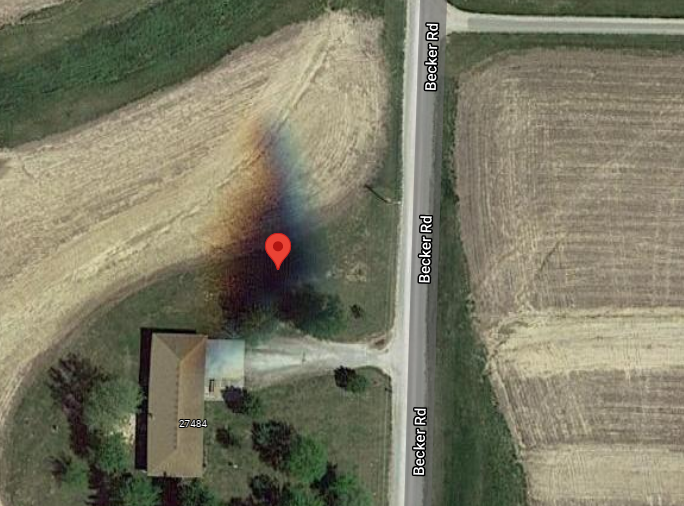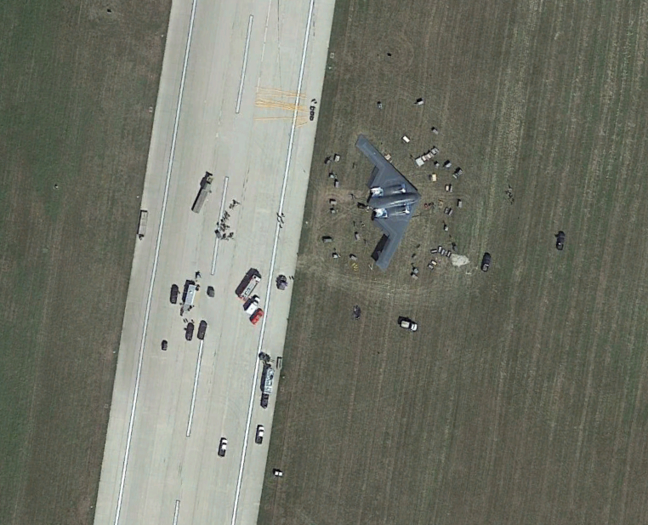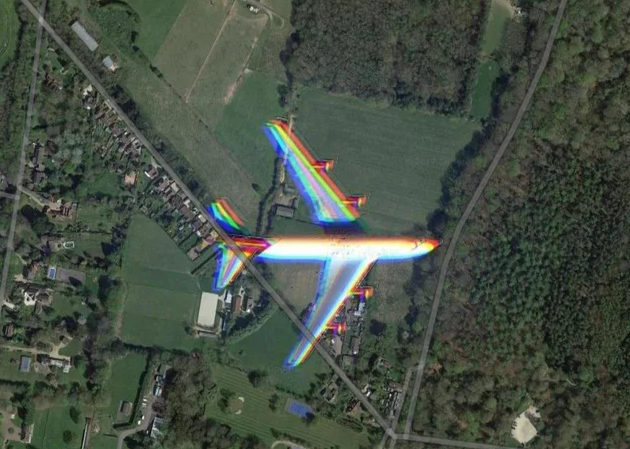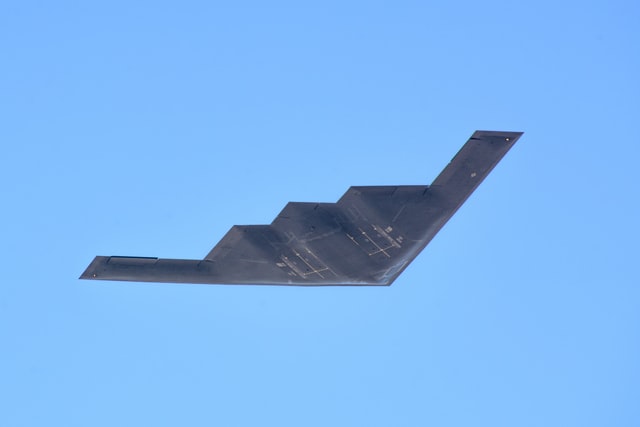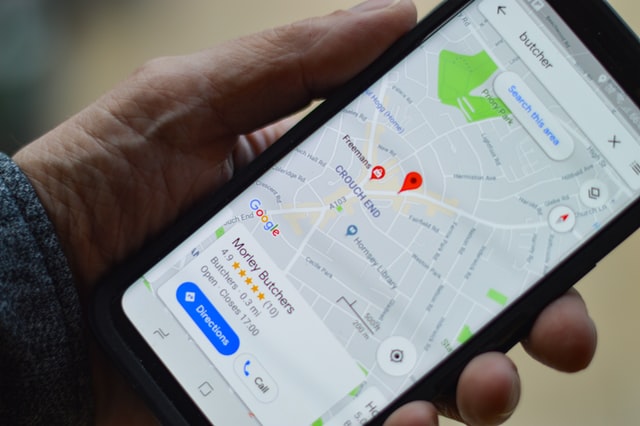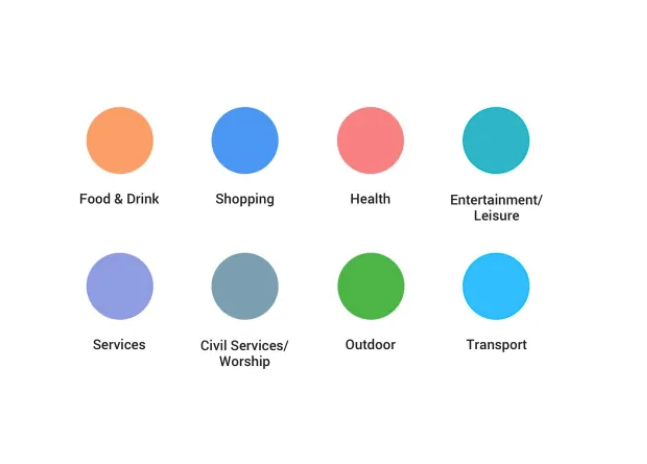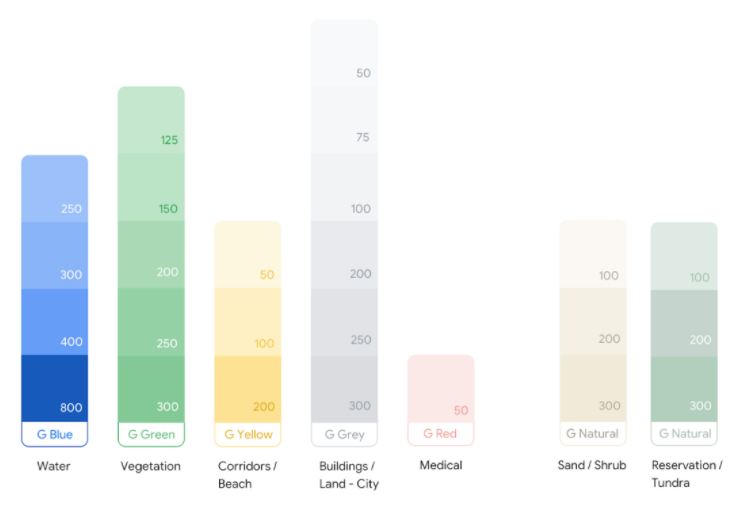No Escape From Google: Google Maps Captures Stealth Bomber In Flight
An advanced aircraft capable of flying at least 1,000 kilometers per hour just got caught on midair. By what? By a web mapping platform by the name of Google Maps. Explore a bit of Google’s charming online mapping service.
Author:Camilo WoodReviewer:Dexter CookeDec 22, 2021379 Shares379.2K Views
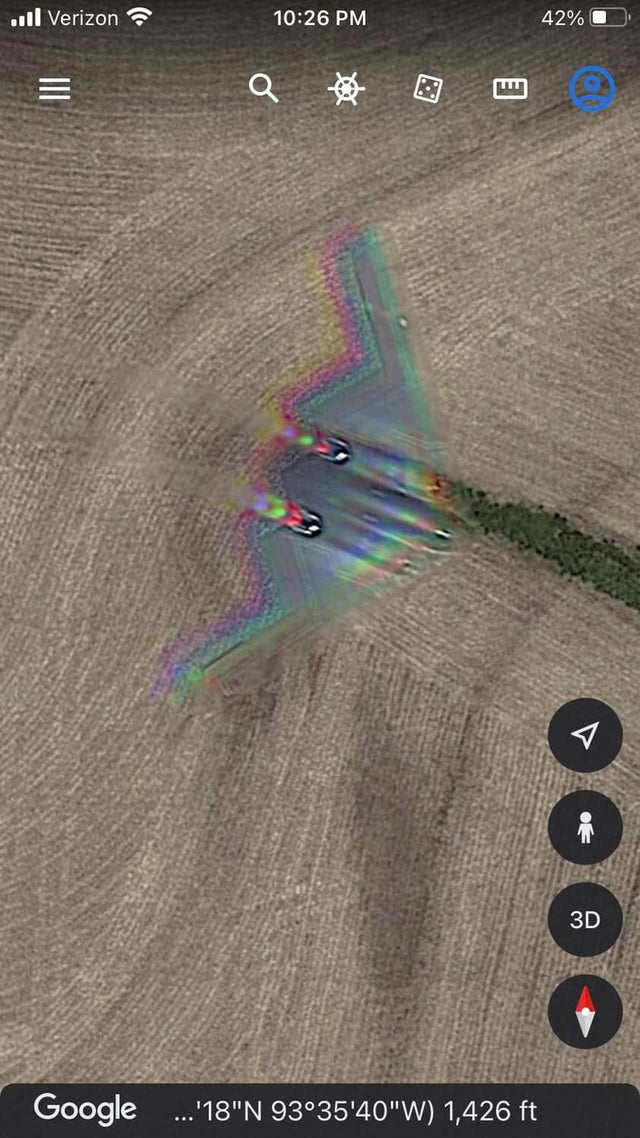
Look! Up in the sky! It’s a bird! It’s a plane! It’s Sup–wait. Not Superman, kiddo. That looks like an aircraft. Yeah, an aircraft up in the–oh, wait a second. Gee! It’s a flying stealth bomber! In Google Maps!
For automobiles and airplanes and others on the move, Google Maps already captured images of them – and much more. There’s the herd of elephants traveling closely together in Chad in Central Africa. Also, some whales that found themselves in the waters of Maui County in Hawaii, and a herd of roaming buffalos in Tanzania’s Kigosi Game Reserve in East Africa.
Recently, a flying U.S. stealth aircraft made it to the vast collections of Google Maps images, a rare addition at that one.
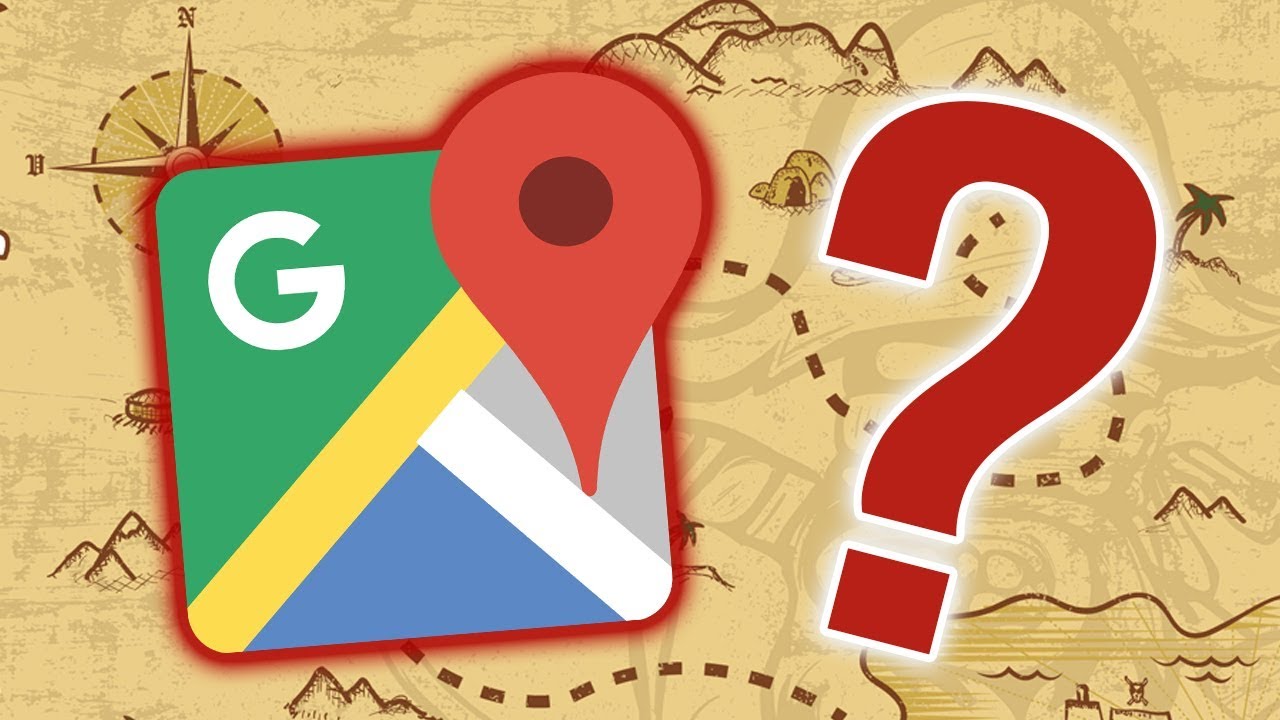
How Does Google Maps Work?
Rare Find – Spotting What Google Spotted
In December 2021, Redditor (a registered member of the online forum website Reddit) “Hippowned” uploaded a screenshot of a Google Maps image, with the caption:
“A stealth bomber in flight caught on Google maps - 39 01 18.5N. 93 35 40.5W.”
Flying at 1,426 feet above the ground in Concordia, Missouri, the coordinates, again, are: 39°01'18.5"N 93°35'40.5"W.
“Hippowened” shared it on the Reddit community (or “subreddit”) “Damn, that's interesting!”
After Google Maps captured some parked stealth bombers and one that made an emergency landing, well, darn! That one in mid-flight was indeed interesting!
TechRadar noted how Google Maps was able to get an image of the swift Northrop Grumman B-2 Spirit, aka U.S. Air Force B-2 Spirit. The multimillion-dollar stealth bomber can zoom up to 628 miles per hour (1,010 kilometers/hour).
Google Maps also captured its shadow (coordinates: 39°01'28.8"N 93°36'08.3"W) appearing right beside Becker Road at Davis Township in Missouri.
In 2021, Google Maps captured three stealth bombers sitting at Hickam Air Force Base in Oahu, Hawaii (coordinates: 21°19'51.7"N 157°56'46.8"W), and, in May 2016, a lone B-2 Spirit (coordinates: 38°43'29.9"N 93°33'37.0"W) at Whiteman Air Force Base (AFB) in Missouri.
On September 14, 2021, a flying stealth bomber on a training missionmalfunctioned, according to Military.com. An emergency landing happened on the runway of Whiteman AFB.
A Google Maps image shows the aforementioned stealth bomber on the grass not far from the runway (coordinates: 38°43'27.6"N 93°32'54.9"W). Said image, though, can no longer be seen as of this writing, but image sharing website Imgur uploaded a copy in December 2021.
Seeing Red, Blue, And Green – Colors Explained
The satellite imagery of the flying stealth bomber was courtesy of Colorado-based space tech company Maxar Technologies (est. 1969).
The Google Maps image of the stealth bomber appears blurry and shows touches of red, blue, and green, which is the effect of how satellitestake images, according to the National Aeronautics and Space Administration (NASA).
As NASA explains: “Satellite instruments carry many sensors that are each tuned to a narrow range, or ‘band,’ of wavelengths.” When it produces satellite images, NASA said that it picks “three bands and represent each in tones of red, green, or blue.”
The combination of red, blue, and green lights produces “most visible colors,” added NASA. For this reason, NASA combines “the red, green, and blue-scale images to get a full-color representation of the world.”
In July 2017, Redditor leequinn uploaded a screenshot of a Google Maps image of an airplane in mid-flight (coordinates: 50°51'33.7"N 0°39'12.3"W) – a Virgin Atlantic, according to TNW – near Dukes Road in West Sussex, England.
The same touches of red, blue, and green could be seen from this satellite imagery of the said airplane.
Stealth Bomber
The Northrop Grumman B-2 Spirit “is designed for multiple missions, including deep strike penetration missions,” according to the U.S. Air Force (USAF).
USAF wanted to order 165 units from Virginia-based Northrop Grumman Corporation, but due to “budget constraints,”it settled for 21.
Based on an August 1997 U.S. Government Accountability Office report, the total acquisition cost (development and procurement, military construction, etc.) of all 21 units was $2.131 billion.
Also referred to as the “Stealth Bomber,” Northrop Grumman stated on its website that B-2 Spirit can “penetrate the most sophisticated air defenses in nuclear and conventional missions.”
It has a wingspan of 172 feet, and it can soar up to 50,000 feet, fly up to 6,000 nautical miles (11,112 kilometers) without refueling, and accommodate two persons inside.
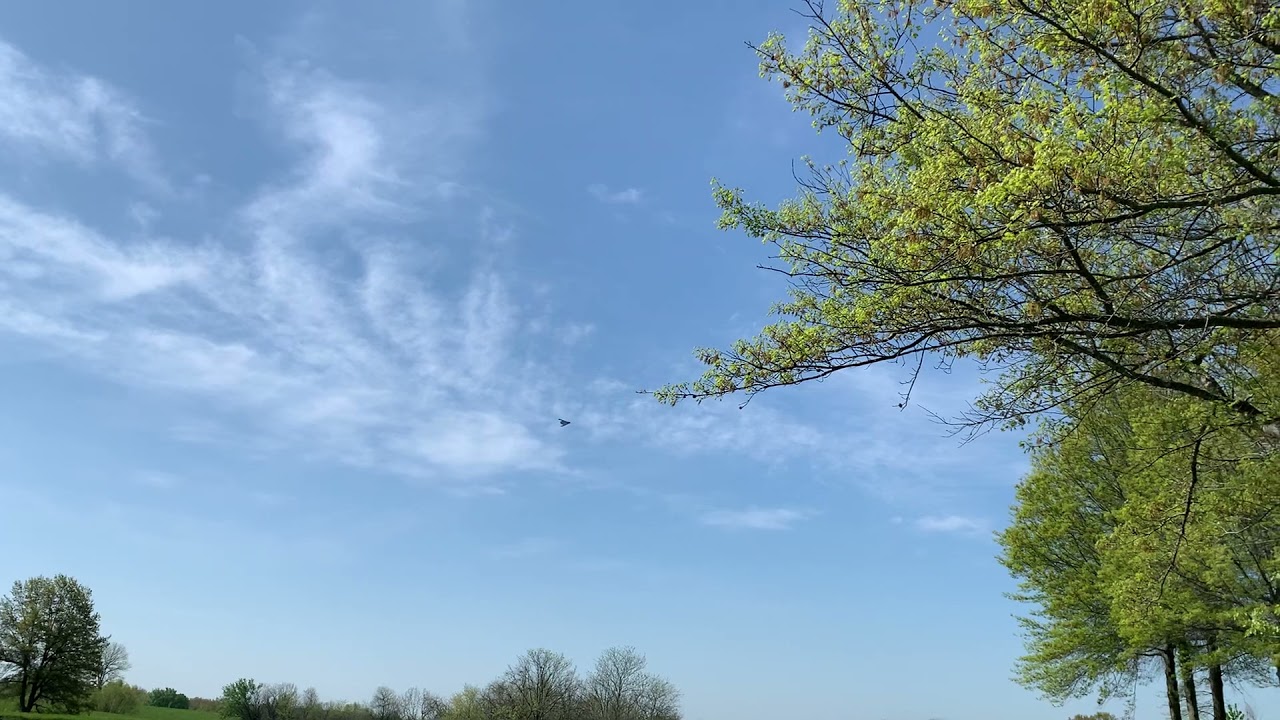
B-2 Flying over the Farm
Google Maps
Google Maps is basically a free online map.
TechTarget describes it further as one that gives “detailed information about geographical regions and sites around the world” as well as “aerial and satellite views of many places.”
On its blog, Google narrated how Google Maps started.
On February 8, 2005, Google launched it, and in November 2015, the maps became accessible offline.
Initially available only in desktop computers, Google released Google Maps 2.0 in November 2007 to make it available in handheld mobile gadgets, such as Blackberry and Palm. Then in 2008 and 2012, Google launched the Android app and the iOS app, respectively.
As of February 2020, Google said that every month, over 1 billion people in the world use Google Maps.
How Recent Are Google Satellite Images?
Google Maps and Google Earth are examples of a Geographic Information System platform, according to an online article by Brooklyn College. They provide information – principally visual information – about places across the world.
The computer program (meaning, it can be downloaded and saved on a PC, unlike Google Maps) Google Earth Engine is a “platform that enables users to visualize and analyze satellite images” of Earth, according to Google.
In a Google blog post dated October 2020, Google Communication Manager Peter Schottenfels revealed where Google Maps and Google Earth get images.
Schottenfels wrote that the images come “from many different providers, including state agencies, geological survey organizations and commercial imagery providers.”
“For medium-sized cities, we . . . update images every two years, and . . . every three years for smaller cities,” he also disclosed.
Review website Techwalla explains that while the two share the same data, Google Maps doesn’t really make real-time updates, with its satellite data “between 1 to 3 years old.” Google Earth, however, provides a date of when the most recent update was made.
Business Insider reported in October 2021 that for satellite data updates, Google releases new ones “generally . . . every month.”
Google Maps Color Scheme
In November 2017, Google Maps Product Manager Liz Hunt announced through a post at Google blog about the color scheme update:
(1) Orange – Food and Drink
(2) Blue – Shopping (same assigned color, though)
(3) Pink – Health
(4) Seafoam Green – Entertainment and Leisure
(5) Violet – Services
(6) Gray – Civil Services and Worship
(7) Green – Outdoor
(8) Lighter Blue – Transport
What Do The Different Colors On Google Maps Mean?
The Google Design team mentioned on its blog that “a minimalist approach” helped them “create a more detailed representation of the world.”
The design team’s choice of colors reflects the said minimalist approach.
Online camping resource site Boondocker’s Bible identifies the various colors Google Maps use and gives what each color is for.
(1) Blue – Bodies of Water
(2) Green – Vegetation (note: darker shades of green indicate a denser vegetation)
(3) Yellow – Beaches and Corridors
(4) Gray – Buildings, Land, City (note: medium gray means “military areas;” light gray, “suburbs” and other “populated areas”)
(5) Red – Medical
(6) Natural – Sand, Shrub (note: tan denotes areas with “less vegetation”)
(7) Natural (a different shade) – Reservation, Tundra (note: gray-green for “rocky soil, lava flows”)
(8) White – Mountain Peaks, Sand Dunes, areas “void of any vegetation”
Conclusion
The latest regarding Google Maps is that, according to its Director of Product Amanda Leicht Moore, it came up with a feature that will let users know which places are busy.
In November 2021, Moore talked about the Google Maps tool called “Area Busyness” at The Keyword, Google’s blog site for news and announcements.
The tool will tell how busy an establishment as well as a particular neighborhood is – “at different times of day,” according to Moore.
German media company Deutsche Welle published a report on December 17, 2021 informing the world something it doesn’t want to hear: this “coronavirus pandemicis far from over.”
With Covid-19 still lingering around, social distancing will remain a cardinal rule in public, and this is when the new Google Maps tool will come in handy.

Camilo Wood
Author
Camilo Wood has over two decades of experience as a writer and journalist, specializing in finance and economics. With a degree in Economics and a background in financial research and analysis, Camilo brings a wealth of knowledge and expertise to his writing.
Throughout his career, Camilo has contributed to numerous publications, covering a wide range of topics such as global economic trends, investment strategies, and market analysis. His articles are recognized for their insightful analysis and clear explanations, making complex financial concepts accessible to readers.
Camilo's experience includes working in roles related to financial reporting, analysis, and commentary, allowing him to provide readers with accurate and trustworthy information. His dedication to journalistic integrity and commitment to delivering high-quality content make him a trusted voice in the fields of finance and journalism.

Dexter Cooke
Reviewer
Dexter Cooke is an economist, marketing strategist, and orthopedic surgeon with over 20 years of experience crafting compelling narratives that resonate worldwide.
He holds a Journalism degree from Columbia University, an Economics background from Yale University, and a medical degree with a postdoctoral fellowship in orthopedic medicine from the Medical University of South Carolina.
Dexter’s insights into media, economics, and marketing shine through his prolific contributions to respected publications and advisory roles for influential organizations.
As an orthopedic surgeon specializing in minimally invasive knee replacement surgery and laparoscopic procedures, Dexter prioritizes patient care above all.
Outside his professional pursuits, Dexter enjoys collecting vintage watches, studying ancient civilizations, learning about astronomy, and participating in charity runs.
Latest Articles
Popular Articles
